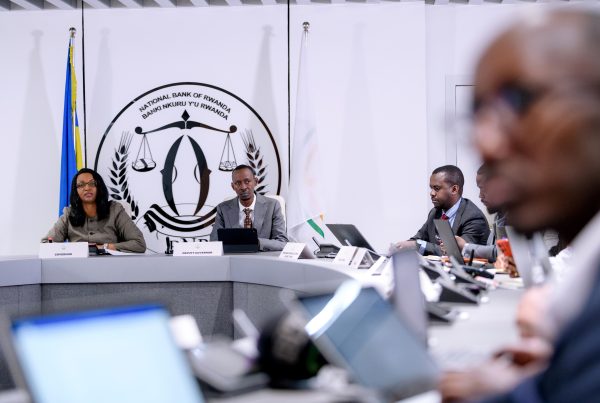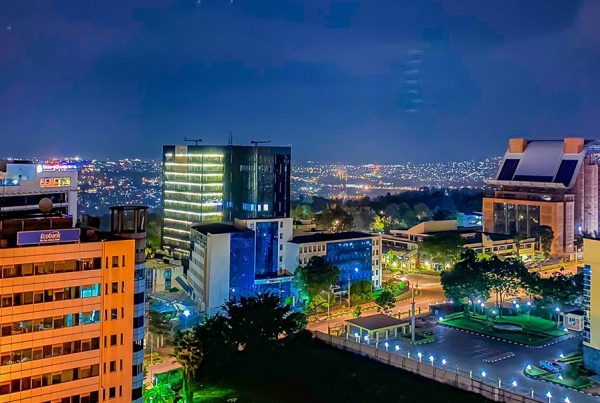Rwanda’s economy remained on a strong growth trajectory in 2024, expanding 9.2 percent on average in the first three quarters, surpassing the projected 8.3 percent annual growth rate. This momentum was driven by robust activity in services, industry, and infrastructure investments. Growth is expected to moderate slightly to 7 percent in 2025 and 2026, as the government balances economic expansion with inflation control and financial stability.
The services sector was the key driver, expanding 10.3 percent in 2024, supported by transport, trade, and tourism. The industry sector followed with 11.2 percent growth, bolstered by increased construction activity and a 15.4 percent rise in mining and quarrying, benefiting from high global mineral prices. Agriculture, recovering from prior weather shocks, grew 6.3 percent, contributing to overall economic resilience.
Rwanda’s external position remained under pressure, with the current account deficit widening to $1.81 billion in 2024, up 9.7 percent from 2023, driven by a 5.8 percent rise in imports as domestic demand surged. Exports, however, grew 6.9 percent, supported by stronger global commodity prices and increased regional trade. The Rwandan franc depreciated 9.42 percent against the U.S. dollar, a slower decline than the 18.05 percent depreciation in 2023, reflecting improved foreign exchange reserve coverage of 5.4 months of imports.
“Rwanda’s economic fundamentals remain solid, with strong domestic demand and continued investments in key sectors,” the Governor of the National Bank of Rwanda, Soraya Hakuziyaremye said in her first presentation of the Monetary Policy and Financial Stability Statement. “While global uncertainty persists, we are maintaining a cautious but growth-supportive monetary policy stance to ensure stability and resilience,” she added.
Inflation continued its downward trend, averaging 4.6 percent in the second half of 2024, compared to 4.9 percent in the first half, as food and energy prices eased. The central bank projects inflation to remain within the target range at 6.5 percent in 2025, before falling to 4.1 percent in 2026. In response to the cooling price pressures, the National Bank of Rwanda cut its key interest rate by 100 basis points in 2024, bringing the Central Bank Rate to 6.5 percent, a move aimed at supporting economic activity while keeping inflation in check.
“Lower inflation and easing financial conditions will allow businesses and households to invest with greater confidence. We remain committed to a stable monetary environment that fosters sustainable growth and long-term economic prosperity,” Hakuziyaremye added.
The financial sector demonstrated resilience, with total assets growing 20.6 percent to Rwf13 trillion by the end of 2024. Banking sector assets increased 19.1 percent to Rwf9 trillion, while the insurance and pension sectors also recorded solid gains. The non-performing loan ratio in banks declined to 3.1 percent from 4.1 percent, signaling improved asset quality. Meanwhile, credit to the private sector expanded 10.5 percent, reflecting sustained business confidence and investment activity.
Looking ahead, Rwanda’s economic outlook remains strong, though external risks persist. The government’s infrastructure push and policy stability are expected to sustain investor confidence, but challenges such as global commodity price fluctuations, currency pressures, and climate-related risks could weigh on growth. With inflation under control and a solid financial sector, Rwanda is positioned to navigate economic uncertainties while maintaining a strong growth trajectory.





